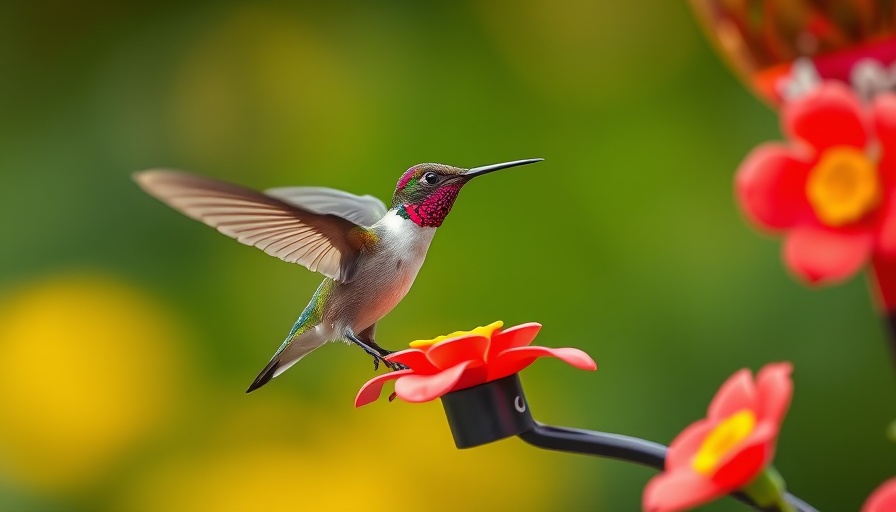
Transforming Your Garden Into a Multifunctional Haven
Your garden can be so much more than just a space filled with flowers and plants; it can become a multifunctional retreat that extends the living space of your home. By carefully designing your outdoor area, you not only create a beautiful landscape but also enhance your daily life with practical spaces for relaxation, creativity, and social interaction.
The Garden as an Escape from Daily Life
In a world where the hustle and bustle of everyday life can become overwhelming, gardens provide a sanctuary for tranquility. A thoughtfully designed retreat within your garden allows you to escape from the stresses of work and family obligations. By incorporating comfortable seating and shaded areas surrounded by nature, you can cultivate a serene environment where relaxation becomes a natural part of your routine. Imagine unwinding with a good book or meditating in a space that feels a world away from your daily distractions.
Finding the Balance Between Beauty and Functionality
Creating a retreat in your garden also means finding the perfect balance between aesthetics and practical functionality. Consider planting fragrant lavender or vibrant wildflowers to uplift your mood while adding structural elements like pergolas, decking, or garden buildings that delineate different areas of your yard. Thoughtful design choices like strategic lighting can extend the enjoyment of your garden into the evening. Pathways and strategic seating arrangements ensure that your serene haven is not only visually appealing but also welcoming and accessible for everyone.
Outdoor Spaces Customized for Every Occasion
The essence of a versatile garden is its ability to adapt to various occasions or moods. A quiet nook that serves as a personal reading corner during the week can transform into a lively space for family get-togethers or evening barbecues on the weekend. Garden structures can protect you from inclement weather, making the retreat usable all year round. If you work from home, a dedicated, distraction-free office in the garden can enhance productivity. For fitness enthusiasts, the garden can be an active space with designated areas for workouts—creating a haven without the need for a traditional gym membership.
Leveraging Garden Buildings for Versatility
Investing in garden buildings can significantly increase the functionality of your outdoor retreat. These structures can serve multiple purposes, such as a creative studio, guest accommodation, or a hobby space—all while complementing your garden's aesthetics. Platforms like ukgardenbuildings.co.uk feature a variety of styles and sizes, making it easy to find ideal options that are both practical and visually appealing. With well-constructed garden buildings, you ensure durability and enhance the overall value of your property.
Making Your Garden Retreat Comfortable Year-Round
Your garden retreat shouldn’t just be for warmer months. By incorporating insulation and heating options, you can make your outdoor space enjoyable even during winter. Features like outdoor heating, cozy furniture, and fire pits can add warmth during chilly evenings and foster year-round gatherings. Thoughtful landscaping can also help create sheltered areas where activities like painting or yoga can occur regardless of season. The goal is to make your garden space a true extension of your home that invites continuous use.
The Mental and Physical Benefits of Outdoor Living
Studies have shown that spending more time outside brings immense benefits to mental and physical well-being. Having a retreat within your garden can motivate you to embrace outdoor activities while enjoying nature—reducing stress and encouraging meaningful social connections. Whether you’re reflecting solo or engaging with loved ones amidst blossoming flora, a garden retreat enriches life with balance and joy. Hence, transforming your garden into a versatile retreat can provide solace, creativity, and vibrant health.
Take the Step Towards Your Own Garden Retreat
Transforming your garden into a multifunctional space requires thoughtful planning and execution. With the right design and features, your outdoor area can evolve into a sanctuary that enhances your lifestyle while boosting your home’s value. Begin envisioning how your garden can reflect your needs and tastes to foster a fulfilling connection with nature and nurture your personal well-being.
 Add Row
Add Row  Add
Add 



Write A Comment